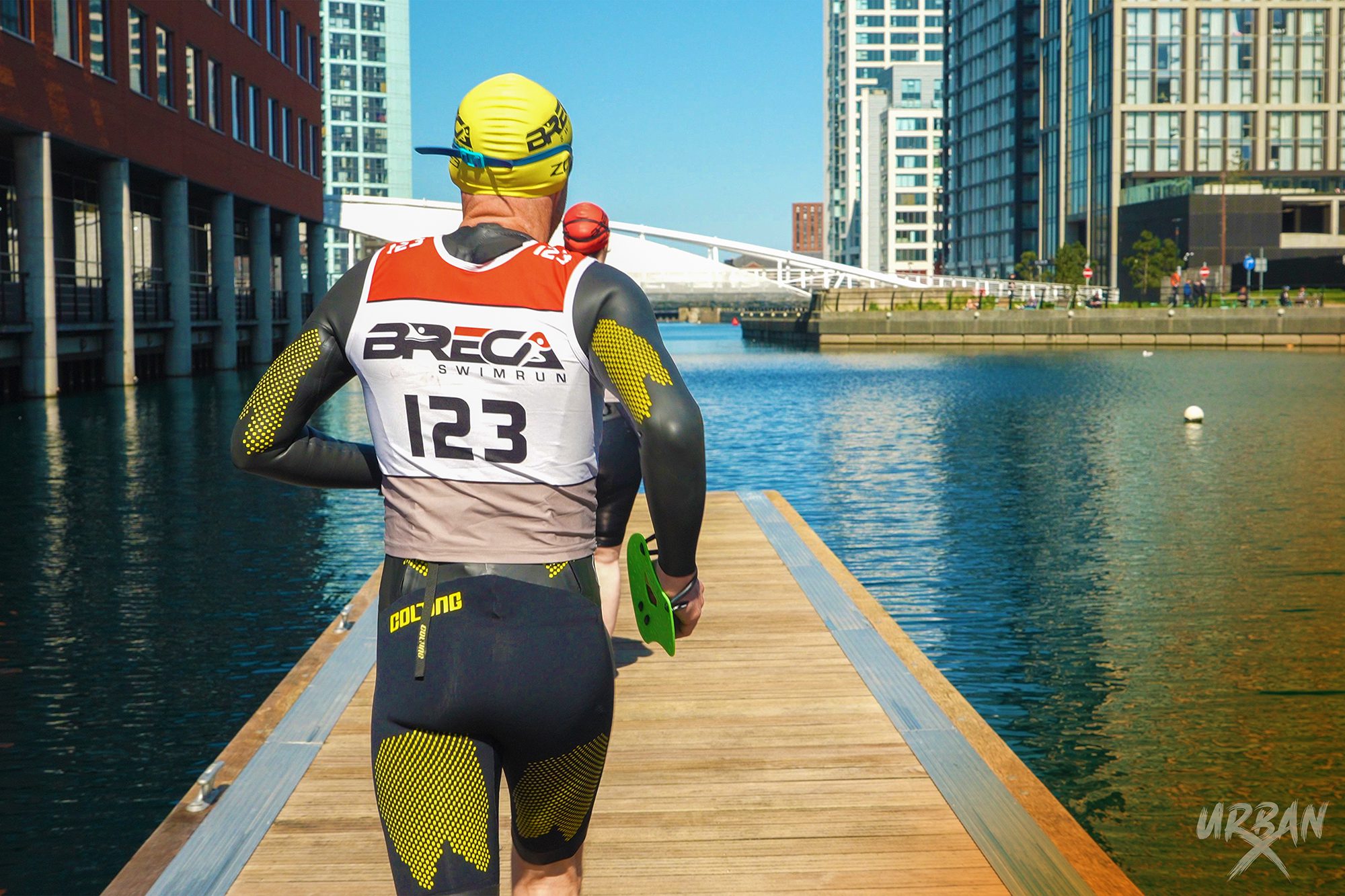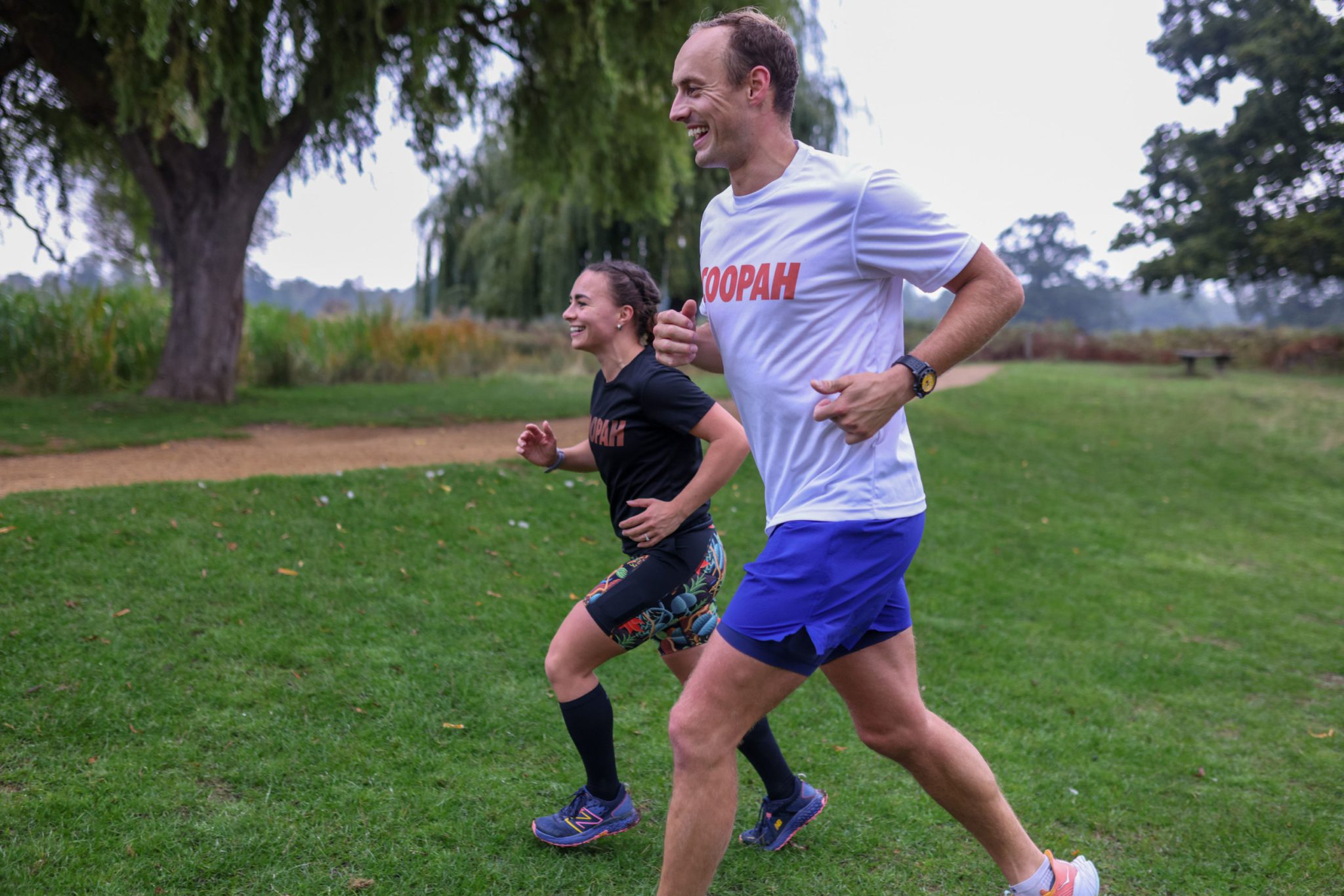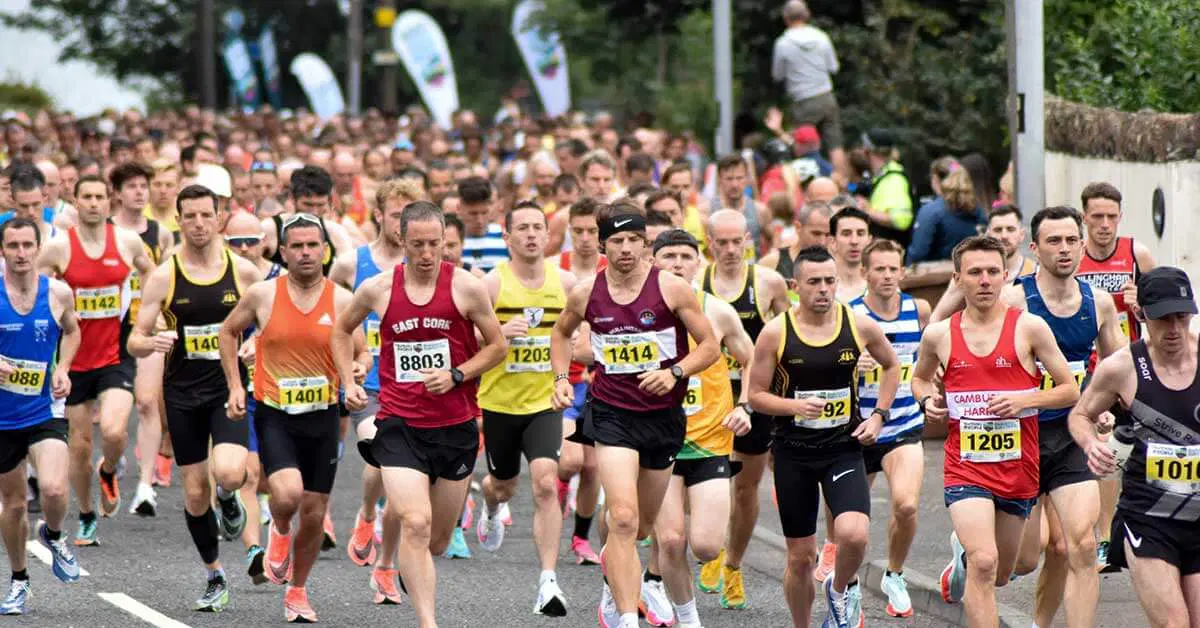
Shin pain is common in distance runners.
The two most prevalent causes are ‘shin splints’ (aka medial tibial periostitis or medial tibial stress syndrome – MTSS), and bone stress injuries (which can culminate in a stress fracture).
MTSS is caused by repetitive traction and inflammation of the muscles on the back of your shin.
Bone stress injuries range from a stress reaction to a complete bone fracture. They are associated with repetitive impact, especially increasing mileage, introducing speed work, or even a ‘HIIT’ class.
Differentiating between shin splints and a bone stress injury
The only iron-clad way of differentiating between the two is to have an MRI scan (not an x-ray – which frequently miss stress fractures).
3 warning signs for a stress fracture
- Pain that worsens specifically on impact (e.g. running, hopping).
- Pain that is very well localised (e.g. 1- 1.5cm in size) on pressing your shin.
- Pain at night.
3 signs of shin splints
- Pain felt more broadly along the shin.
- A sense of tightening in the calf muscles in recent runs leading up to your shin pain.
- Shin pain that improves as you warm up.
Treating shin pain
Ignoring shin pain and trying to ‘push through’, might push you into full-blown fracture (and wearing an Aircast boot for six weeks!).
You must seek a medical assessment from a sports physician or physiotherapist who have a specific interest in running. They’ll assess you, and arrange diagnostic imaging, and ensure that your injury is optimally treated. They’ll help identify risk factors which have contributed to your symptoms.
Preventing recurrent shin pain
Factors that contribute to shin pain include:
- How load is applied to bone (e.g. running biomechanics, limb alignment, muscle strength, footwear, and running terrain).
- How bone tolerates loading (e.g. genetics, nutrition, hormones, bone diseases, and medications).
How to sort out dodgy running biomechanics
- Runners who land heavily and have a slow step rate are more susceptible to tibial stress injuries. A specialist physiotherapist can help you iron out any suboptimal movement.
- A biomechanical assessment will also test for muscle strength, length and joint restrictions (or excessive mobility). Tailored strength and conditioning sorts this.
- Seek the advice of a sports podiatrist – especially if you have very flat or high-arched feet.
Training error
Shin pain is often linked to the ‘too much, too soon’ phenomenon. Get expert advice from a UK Athletics Qualified Running Coach or running specialist physiotherapist to restructure your training habits.
Medical screening
If you’ve a history of stress fractures, a low body mass index, irregular or absent periods, have a review with a sports physician or a specialist sports GP to screen for poor bone health.
Seek help if you energy expenditure might exceed your calorific intake.
In summary, if you have shin pain, don’t delay. Seek qualified advice as soon as possible.






